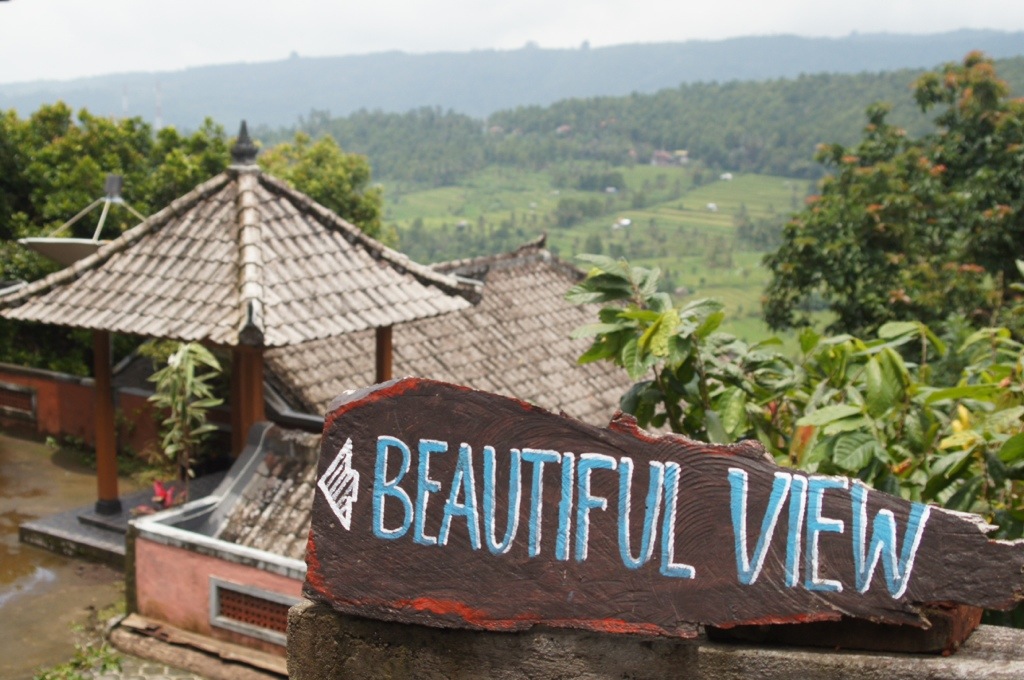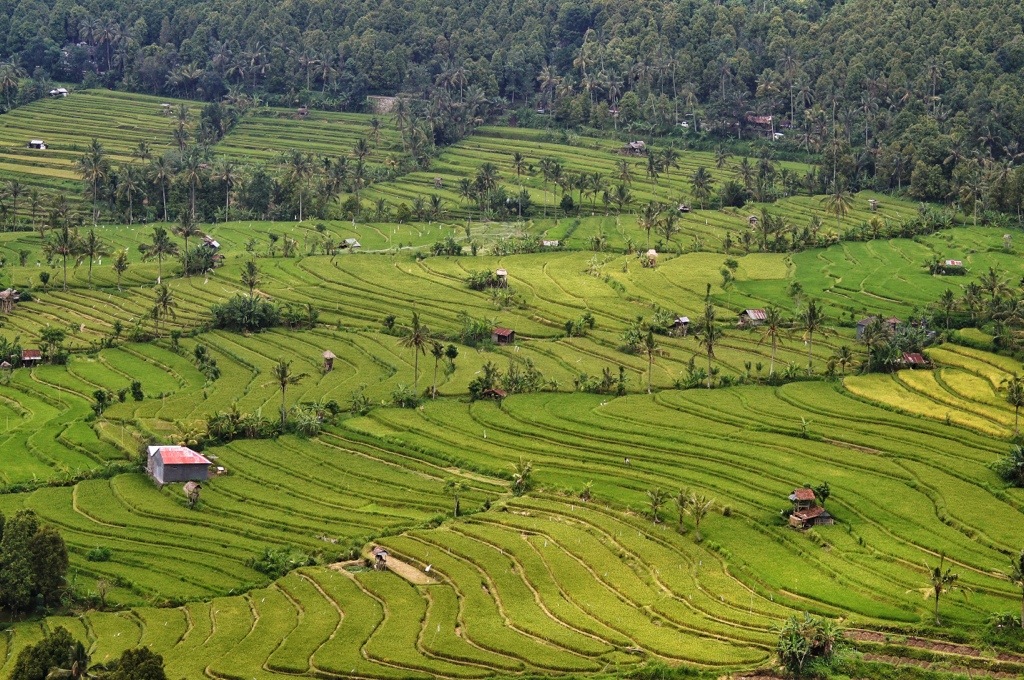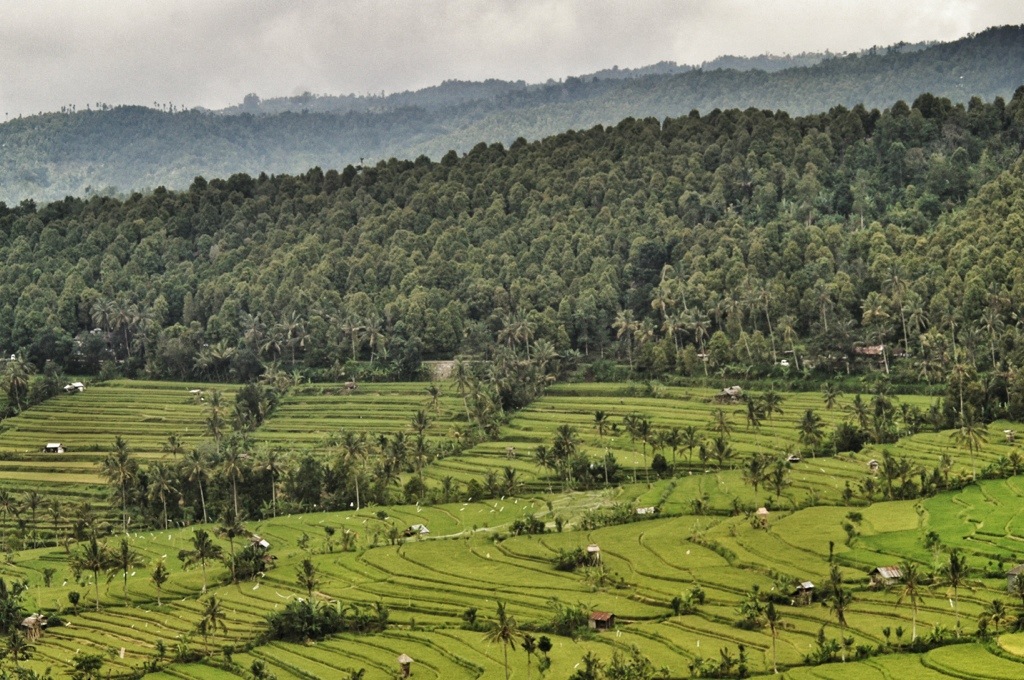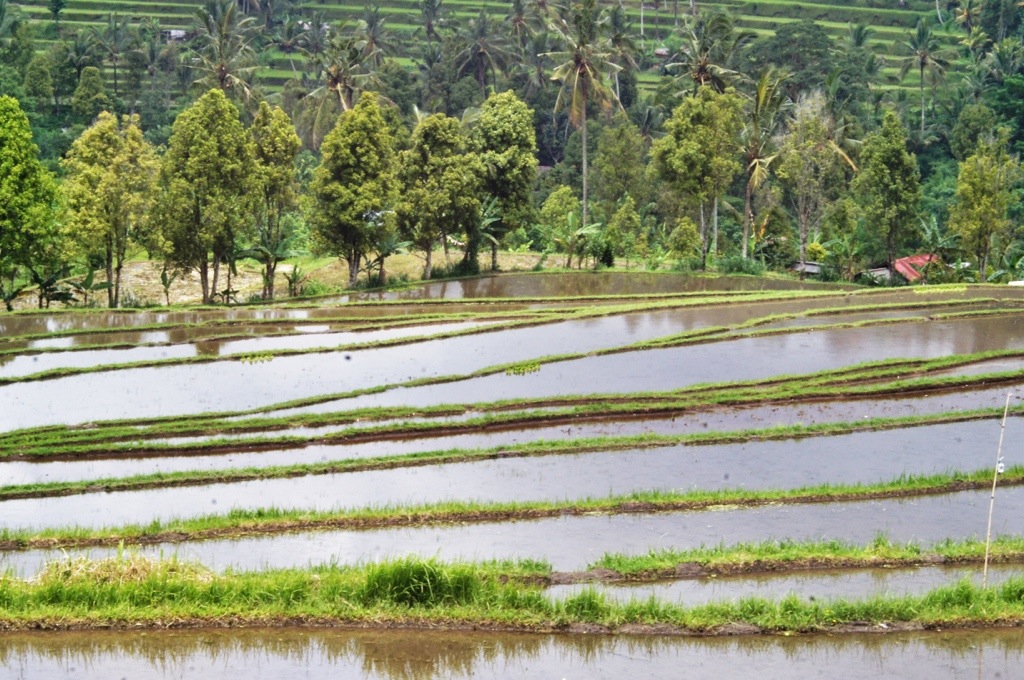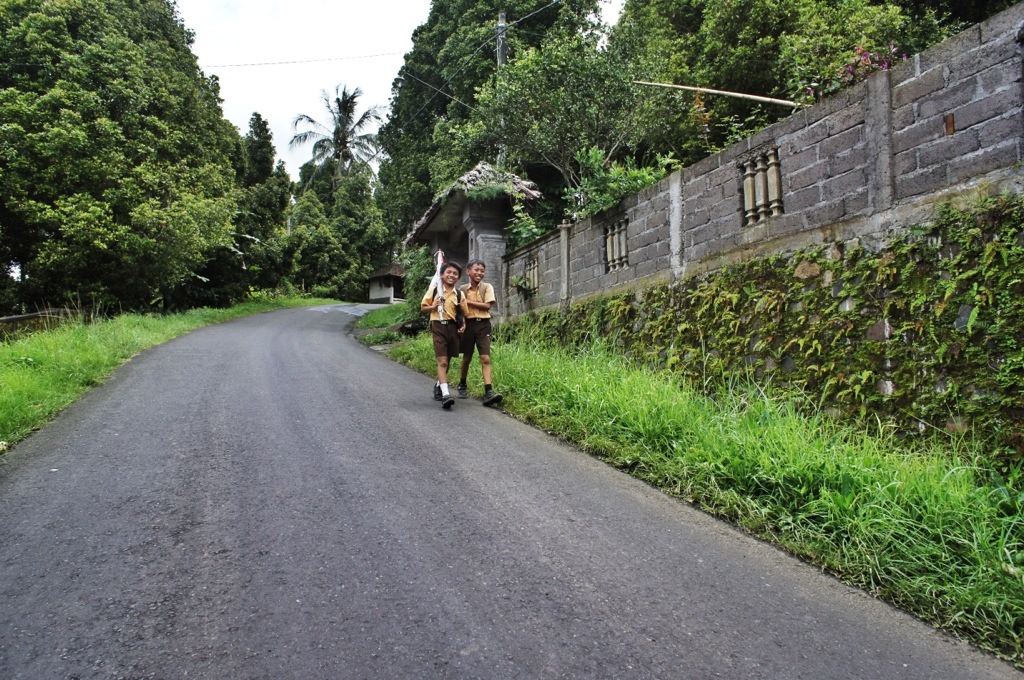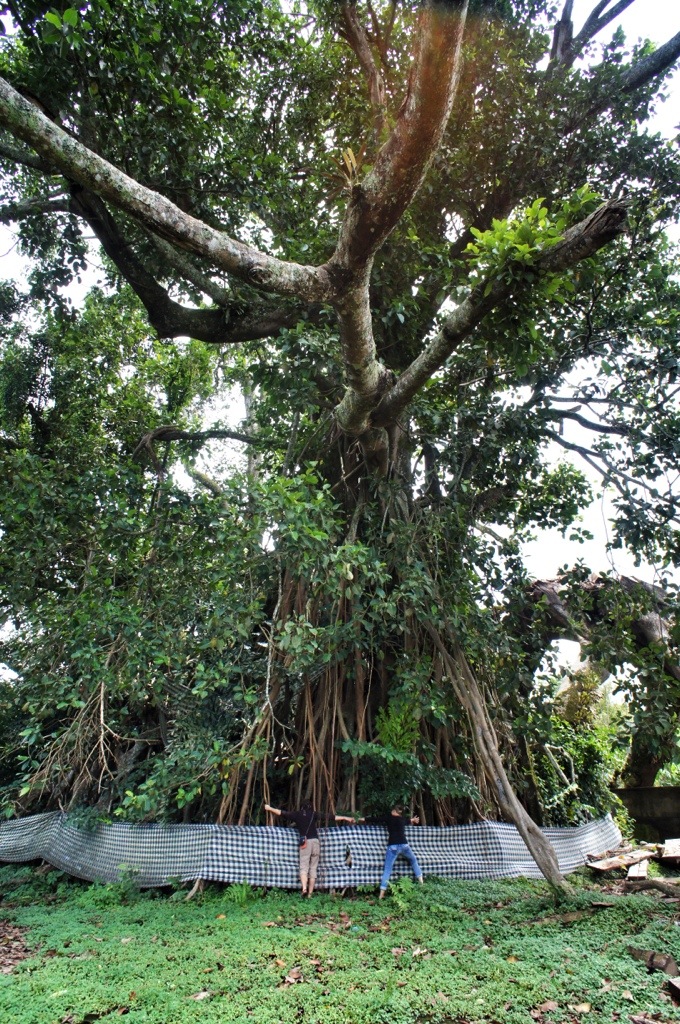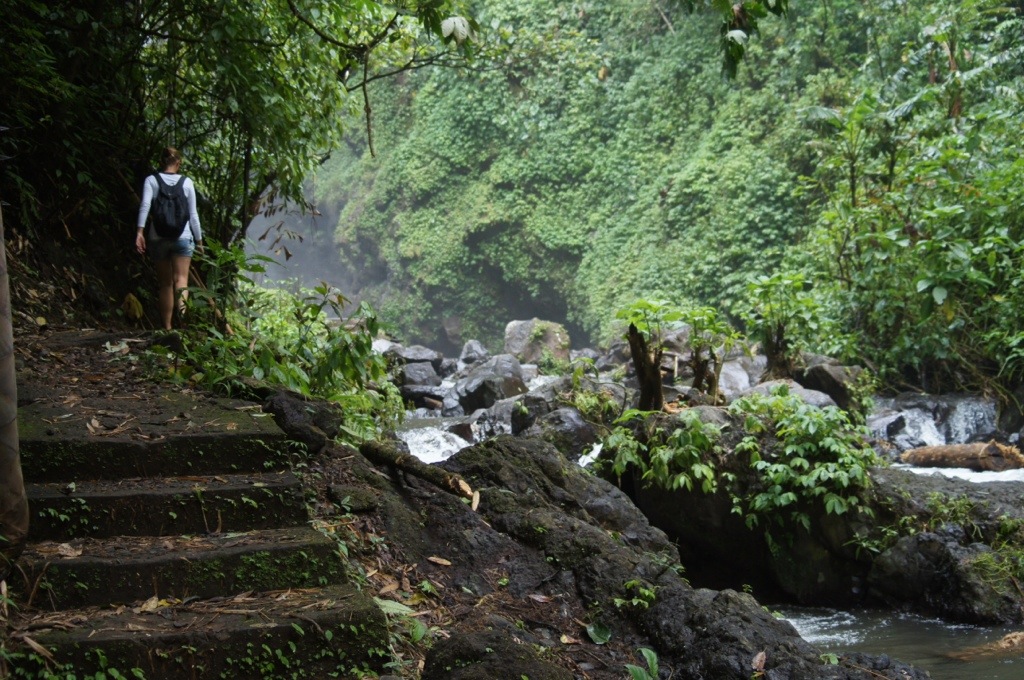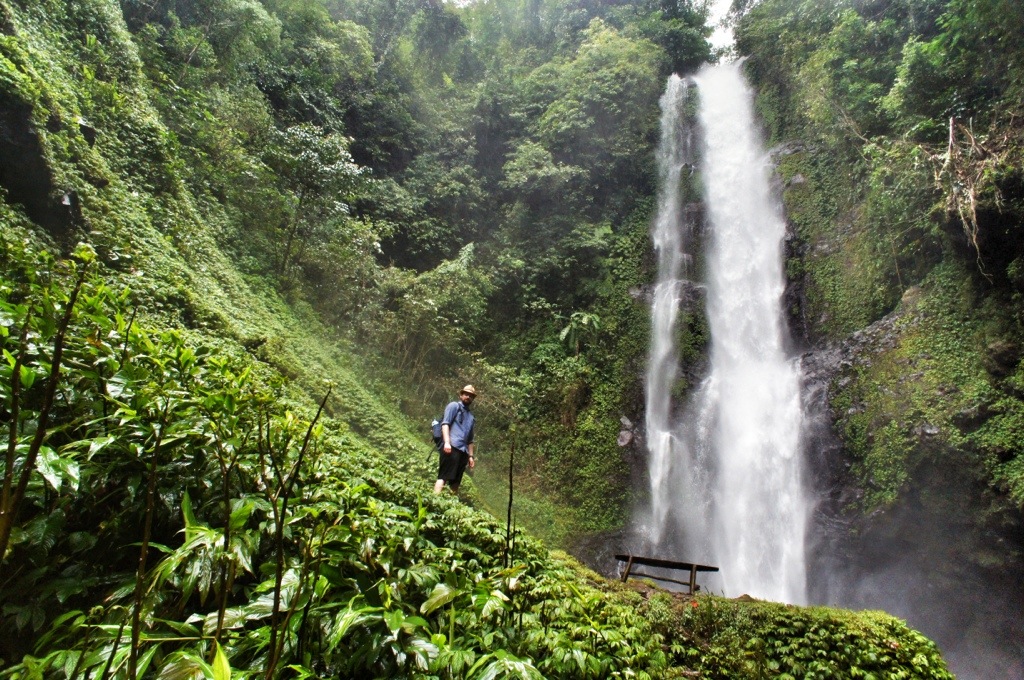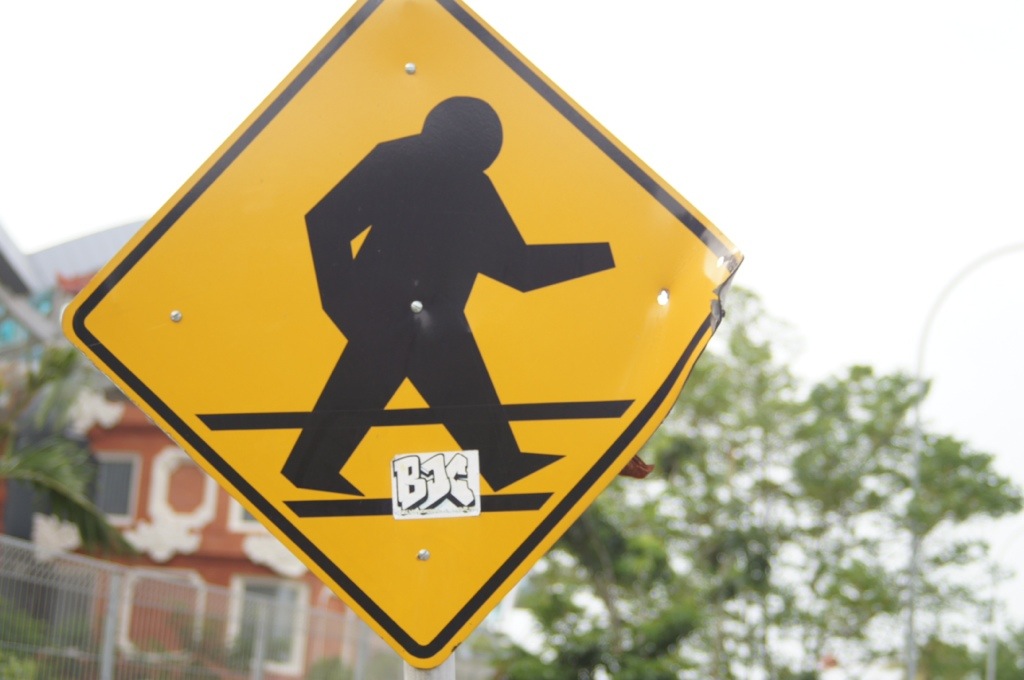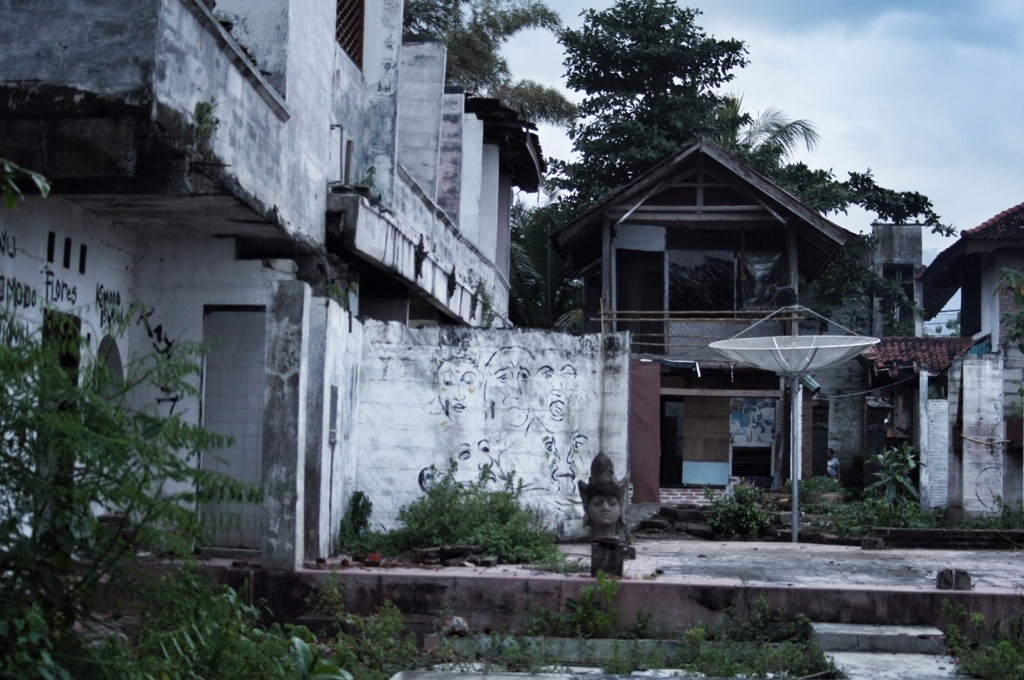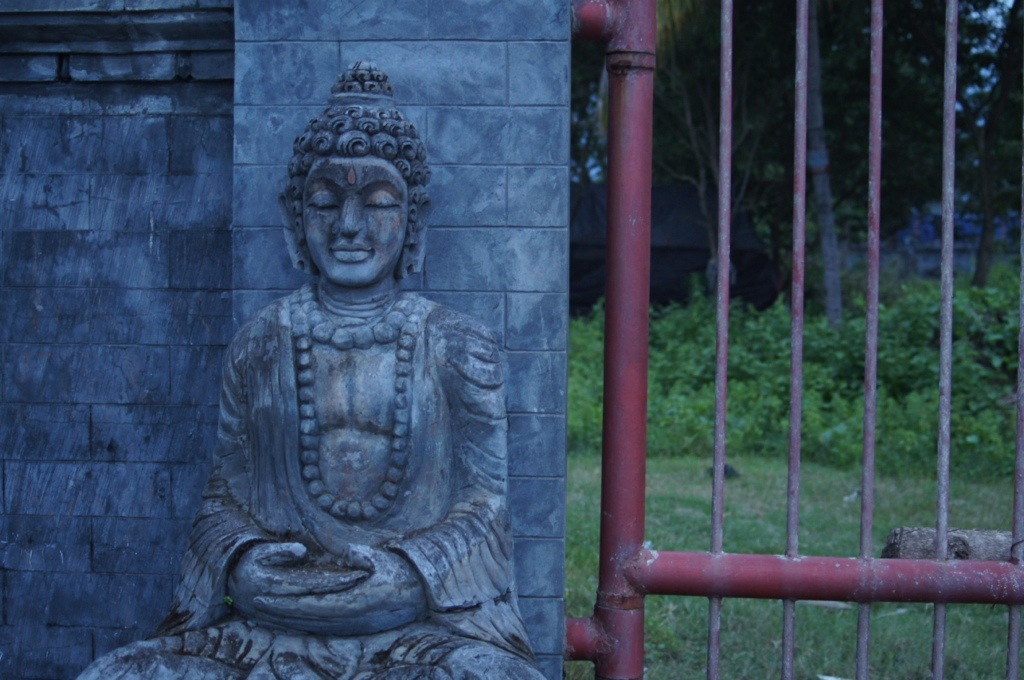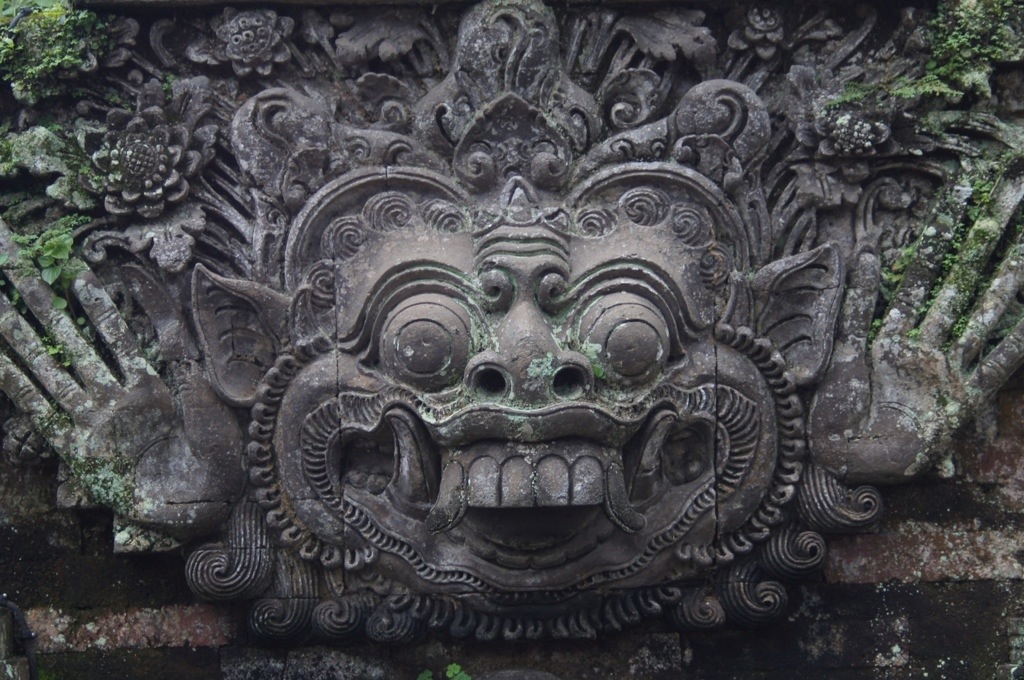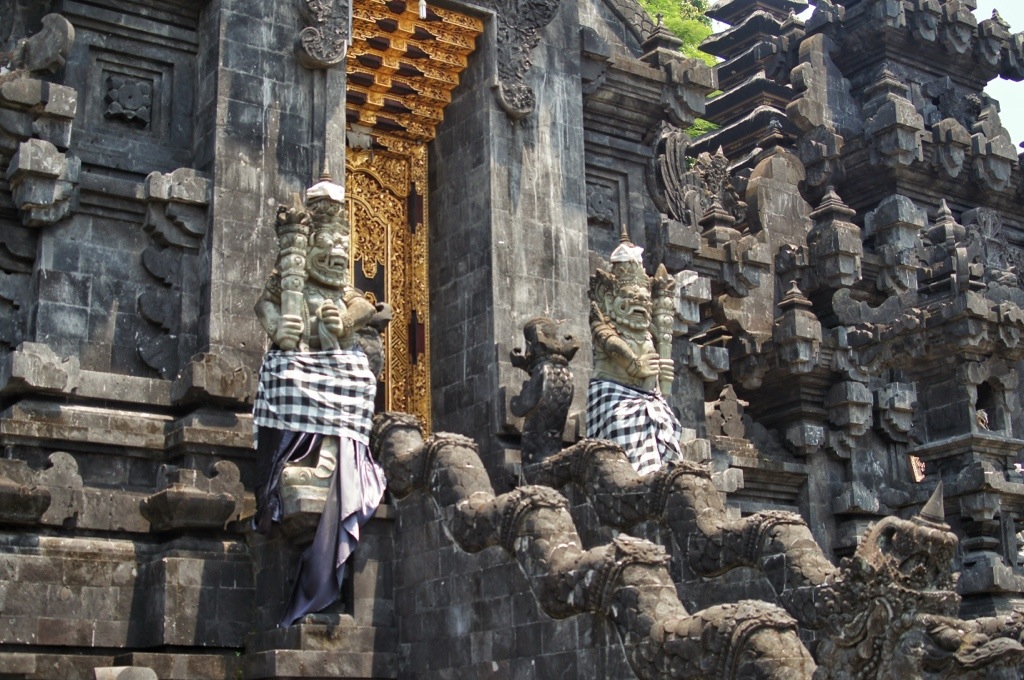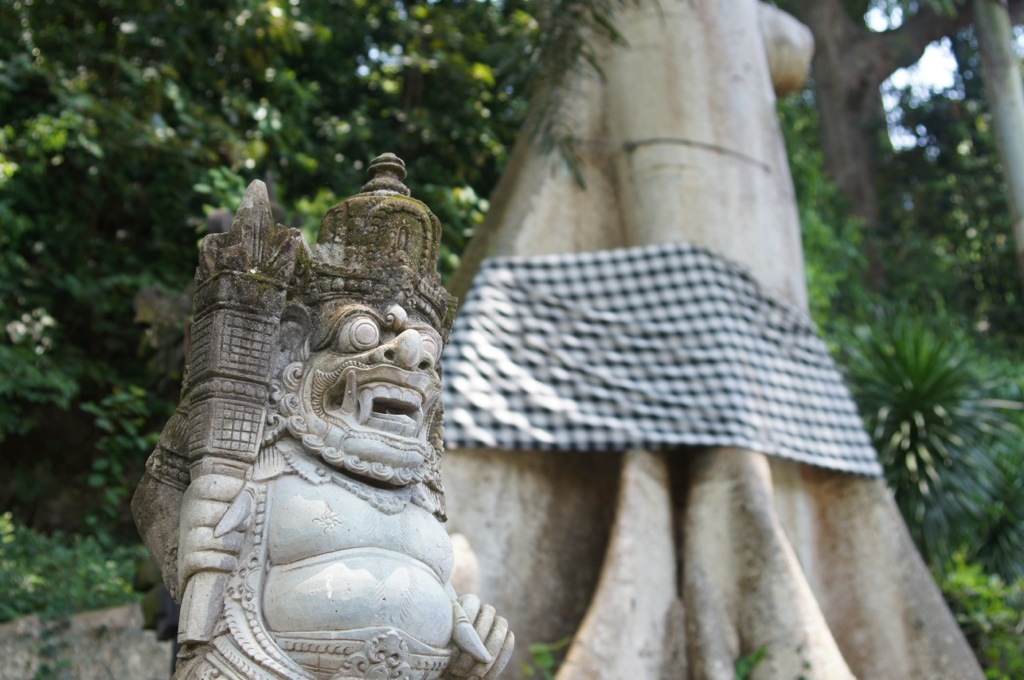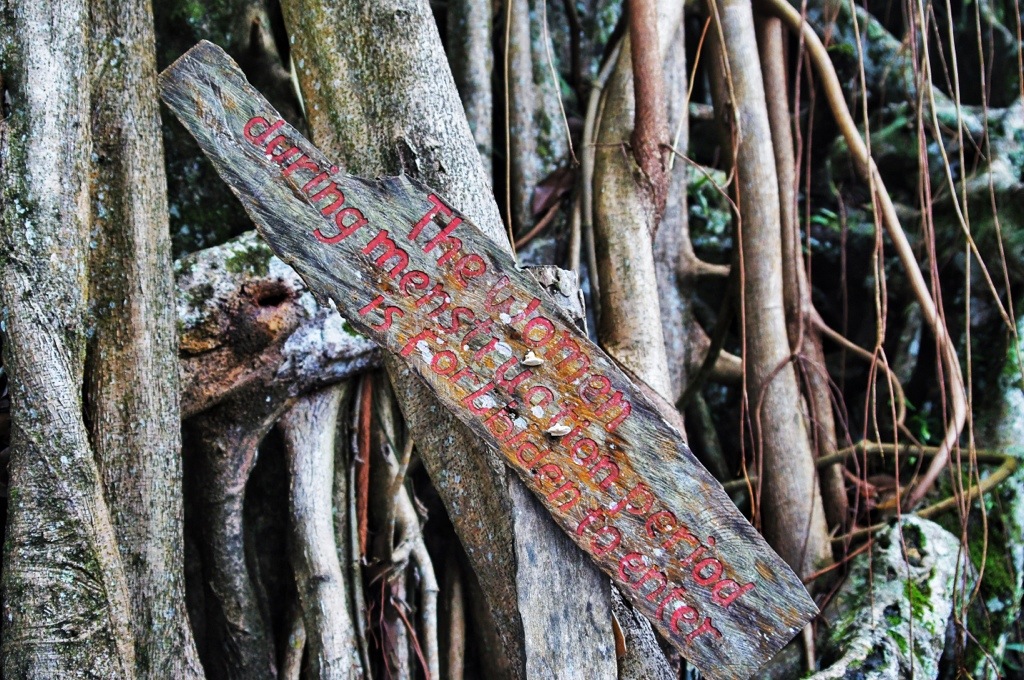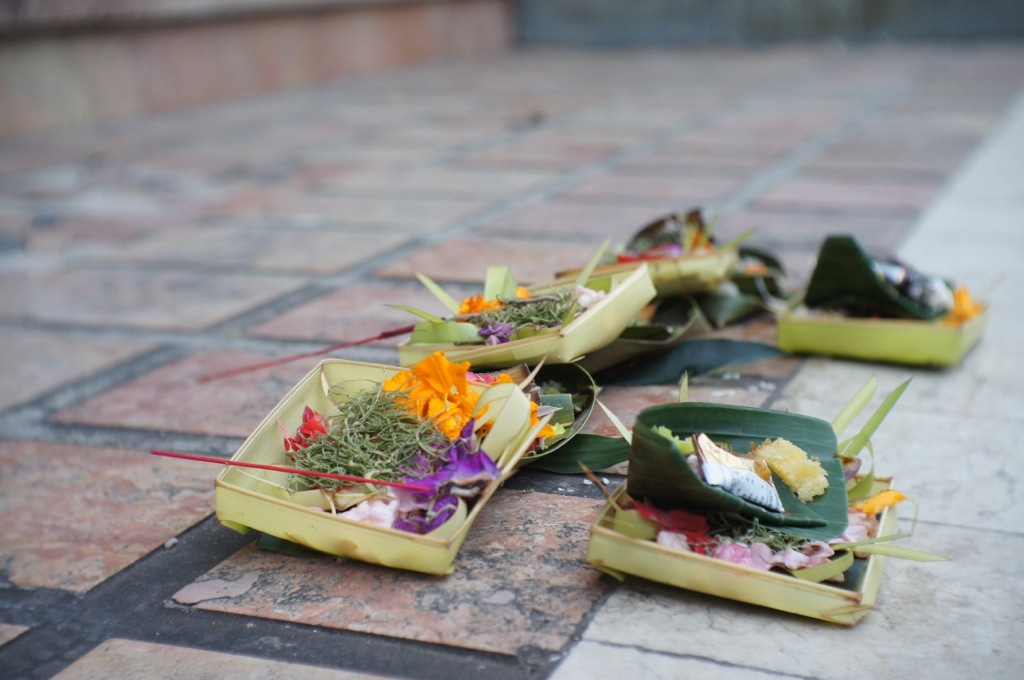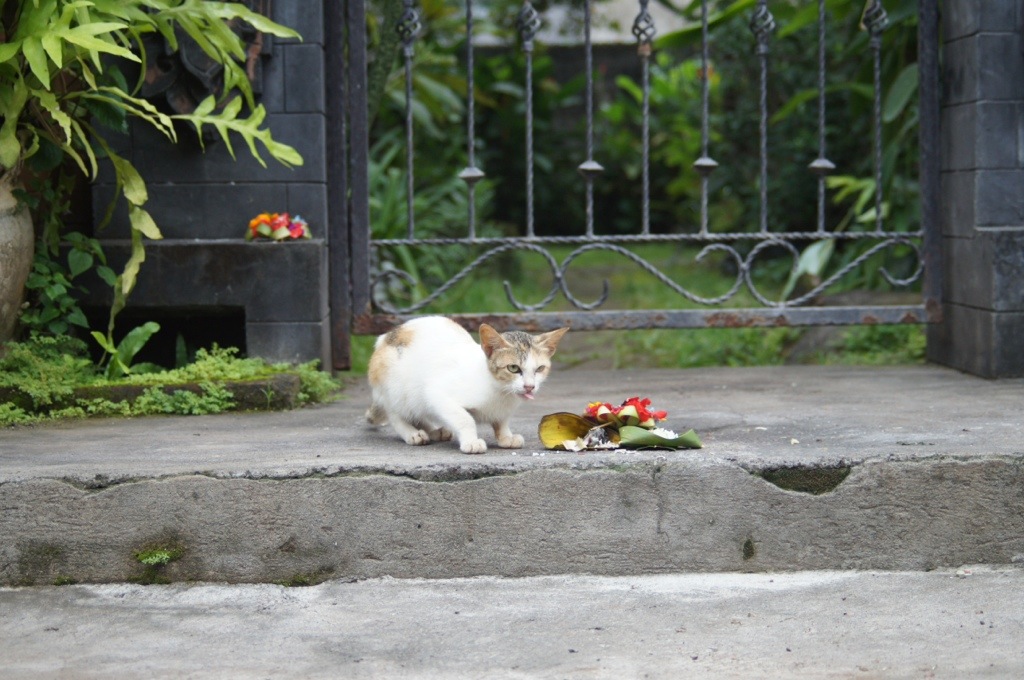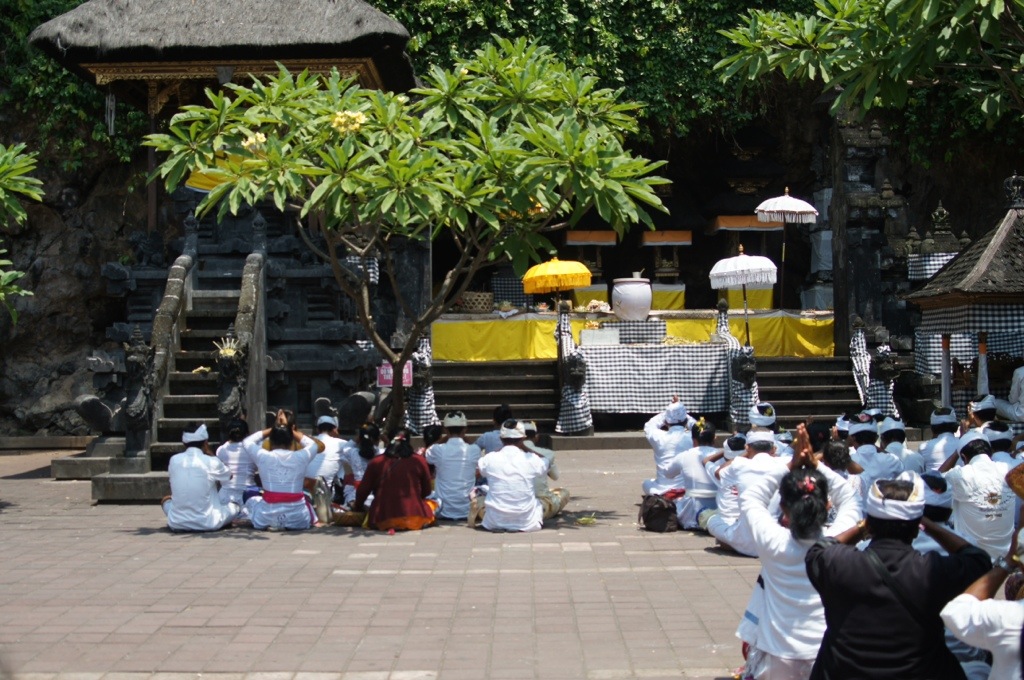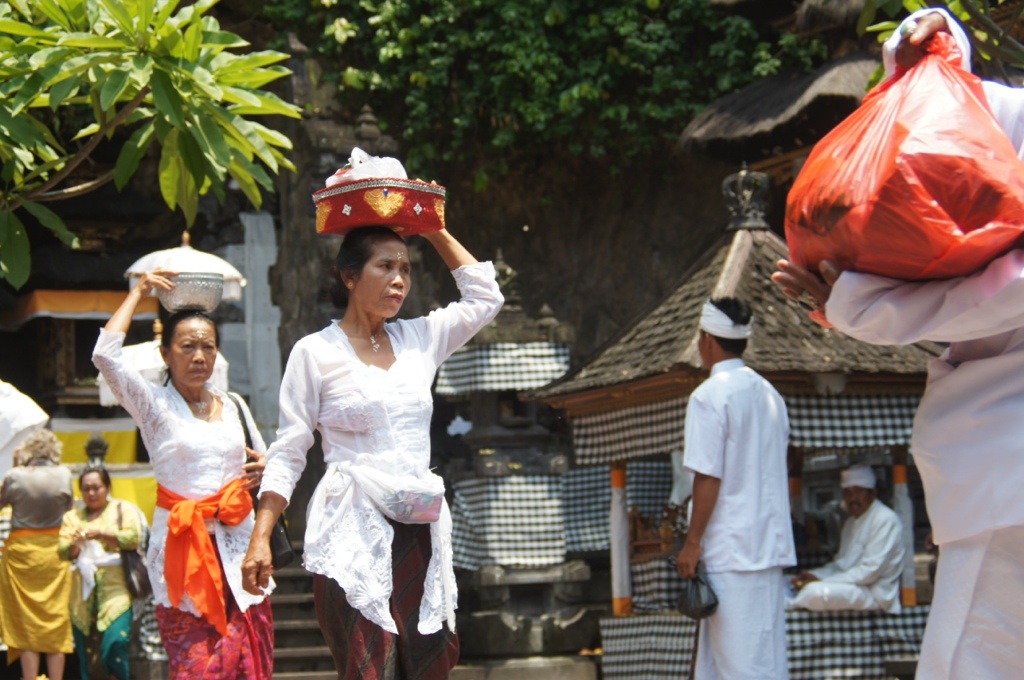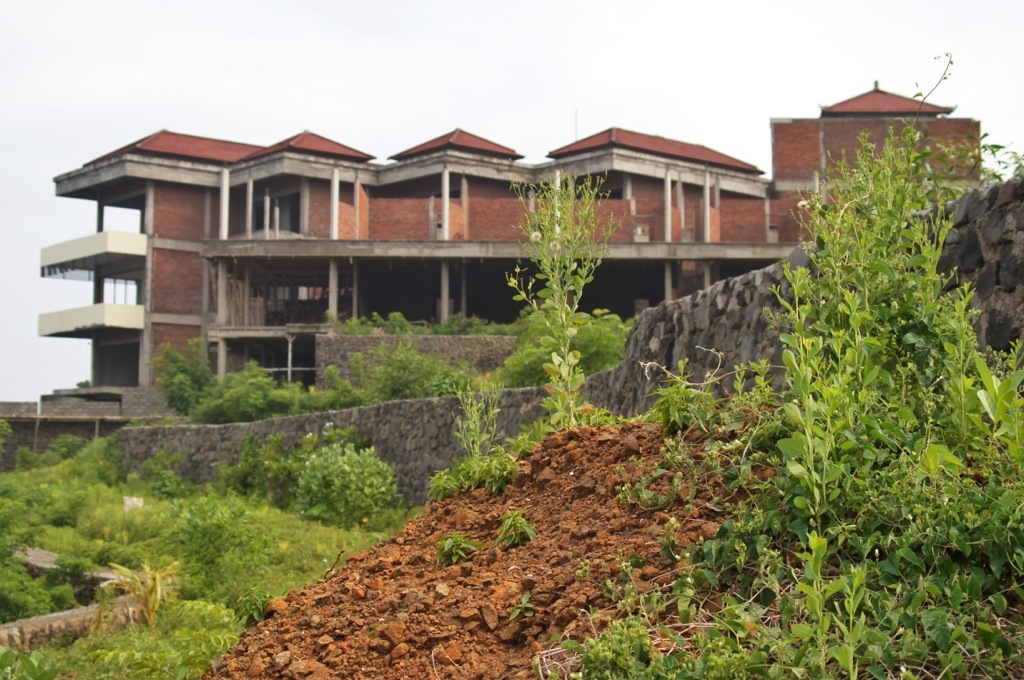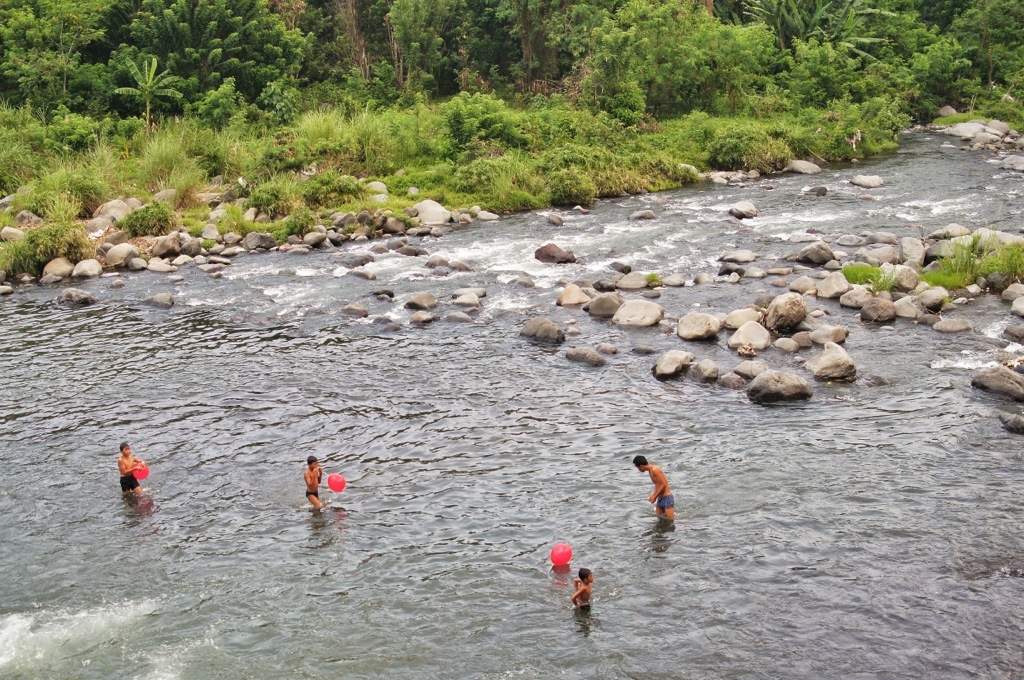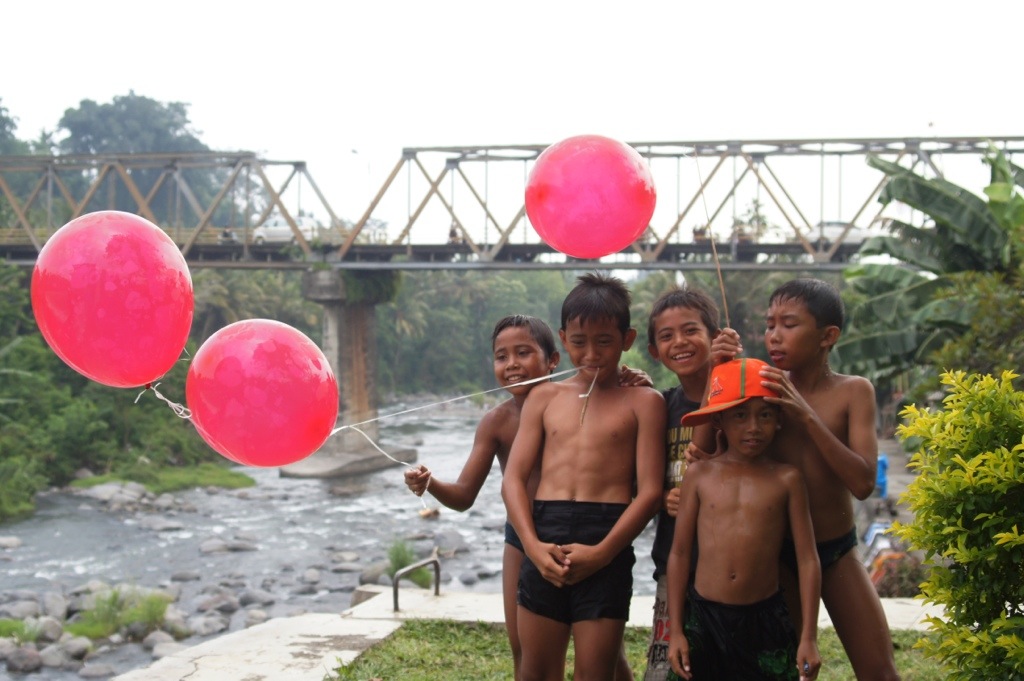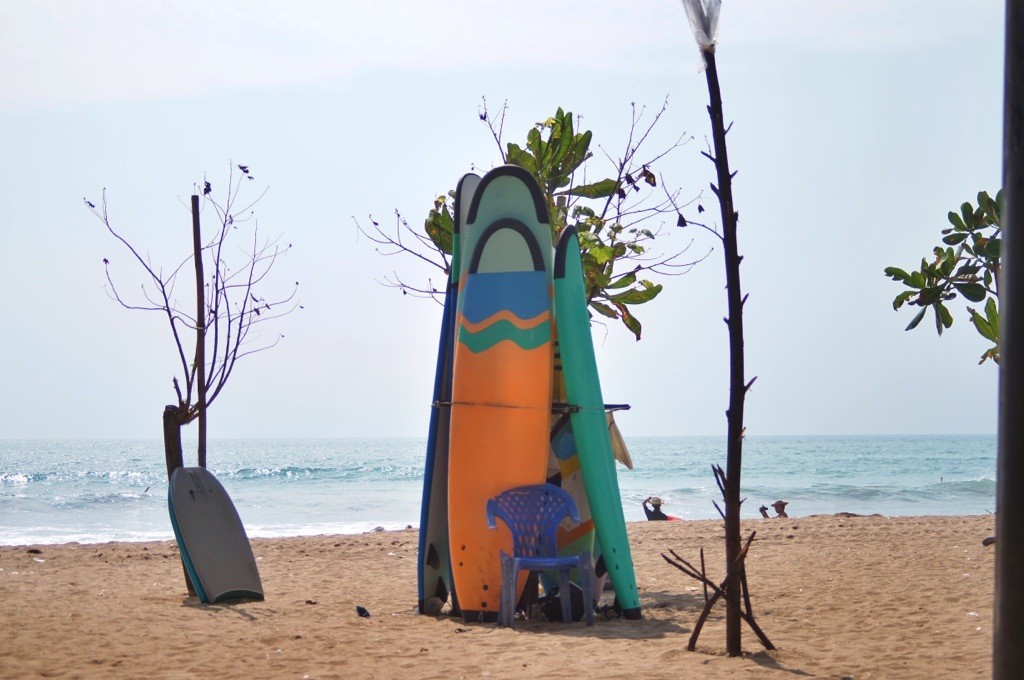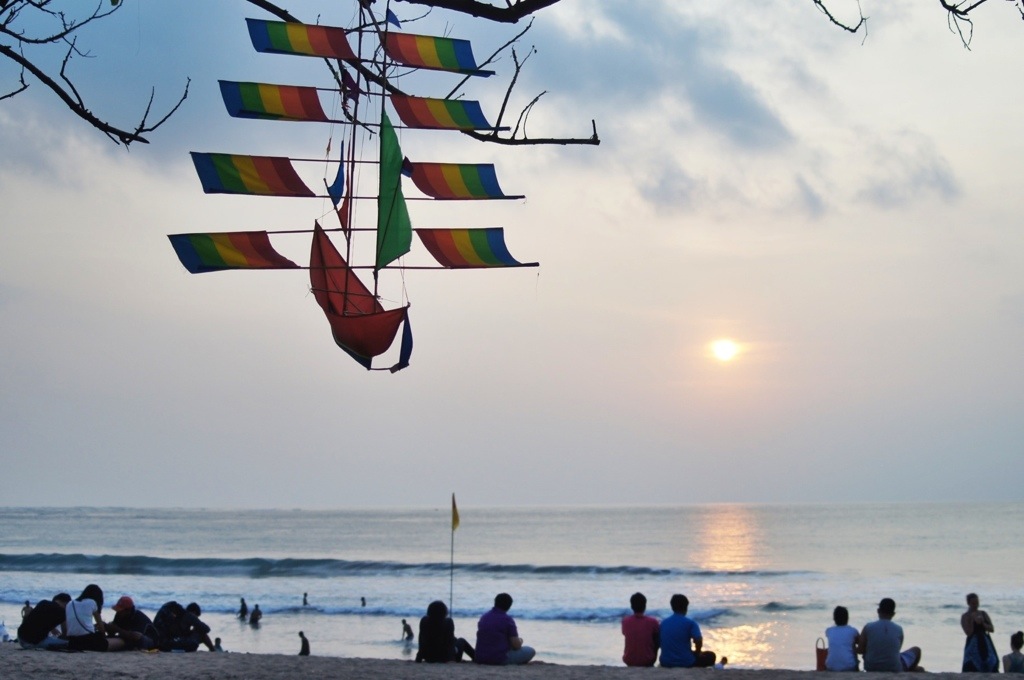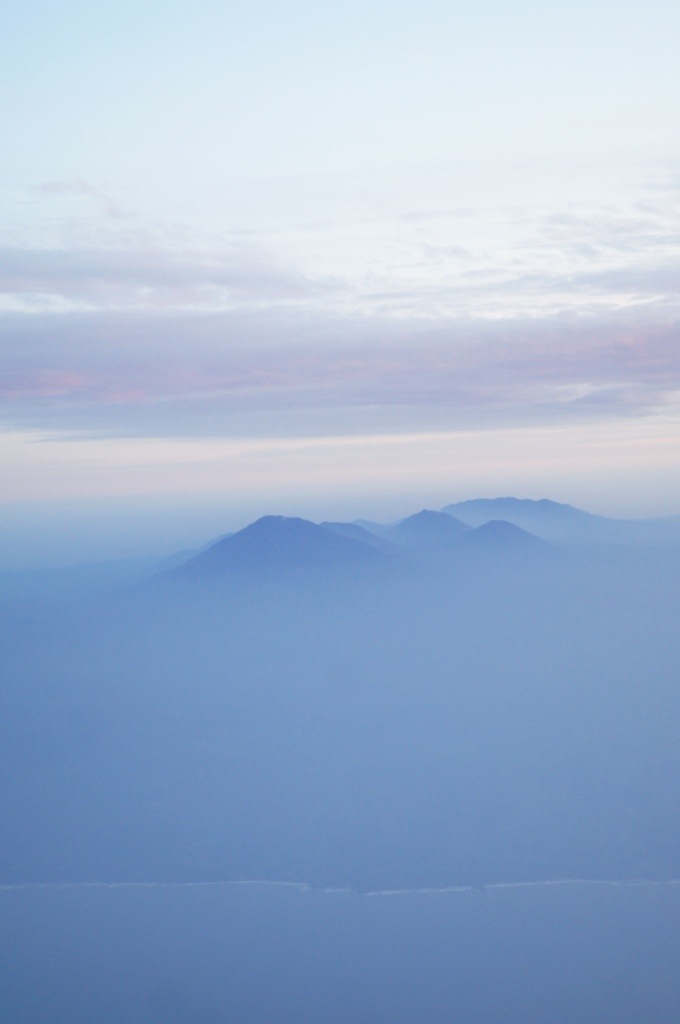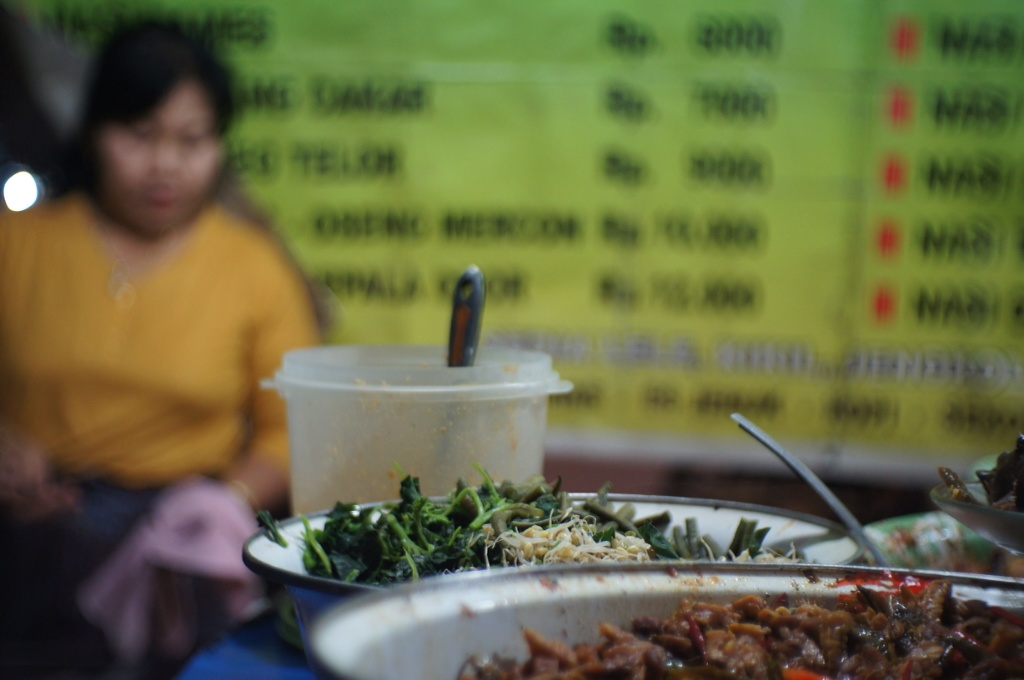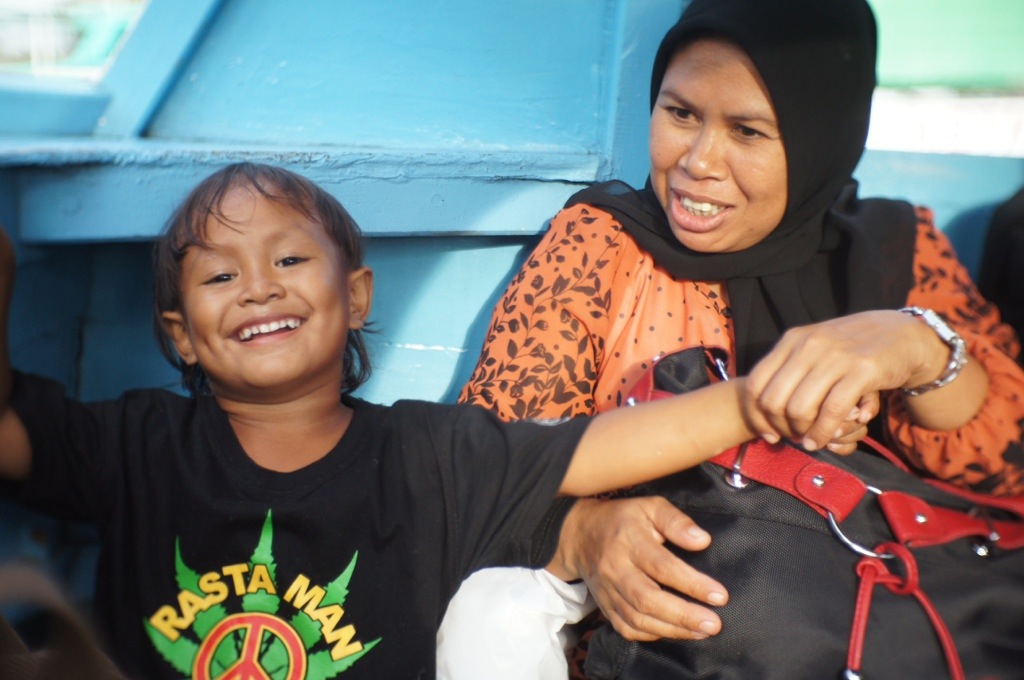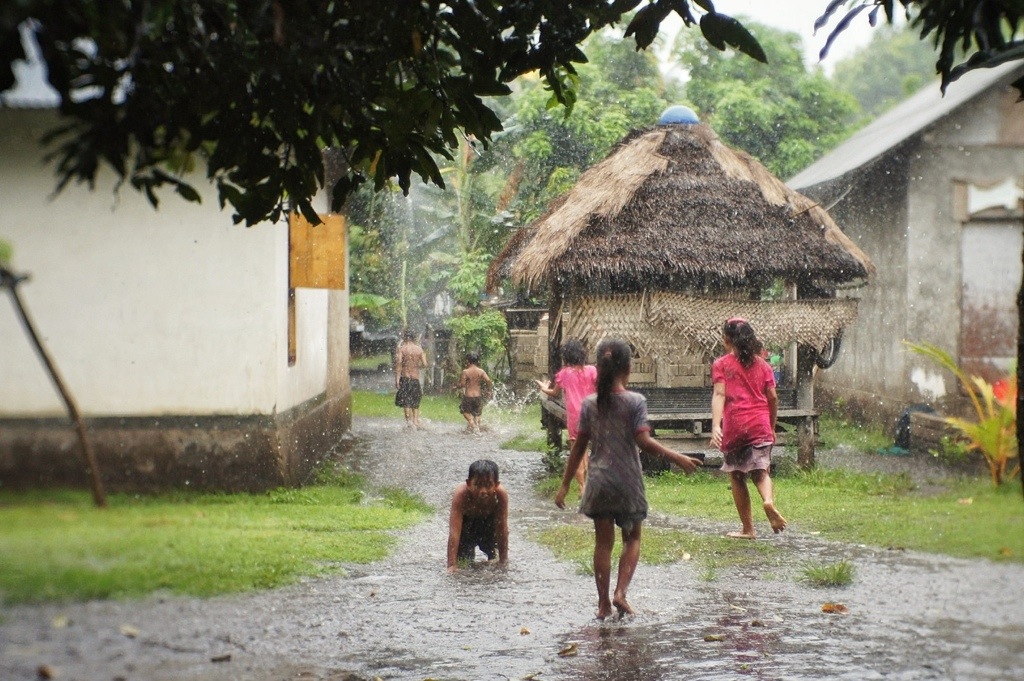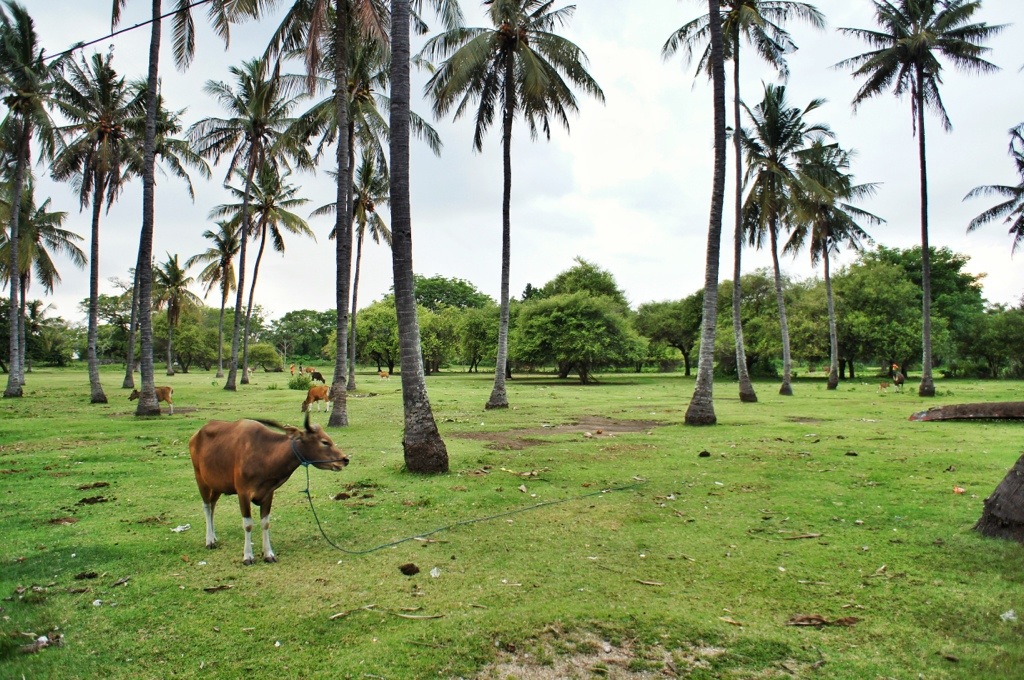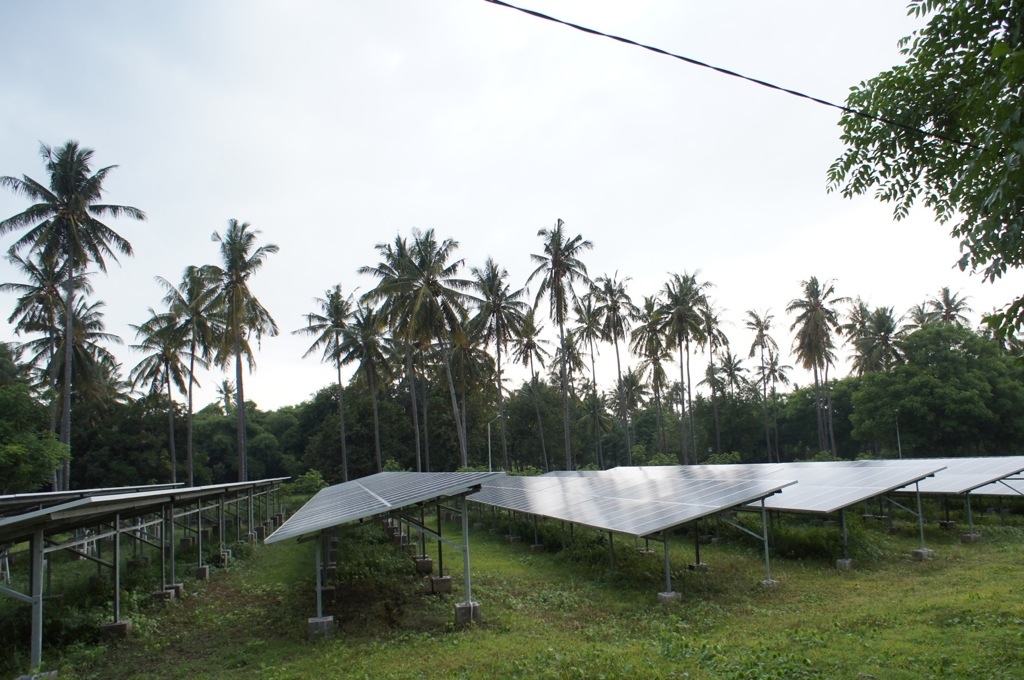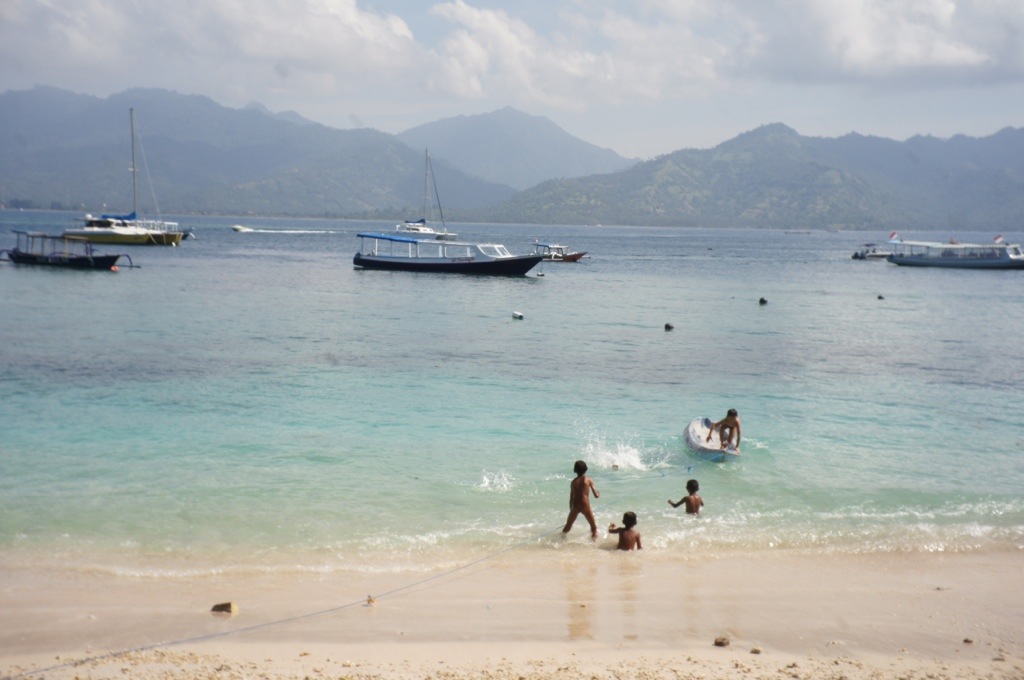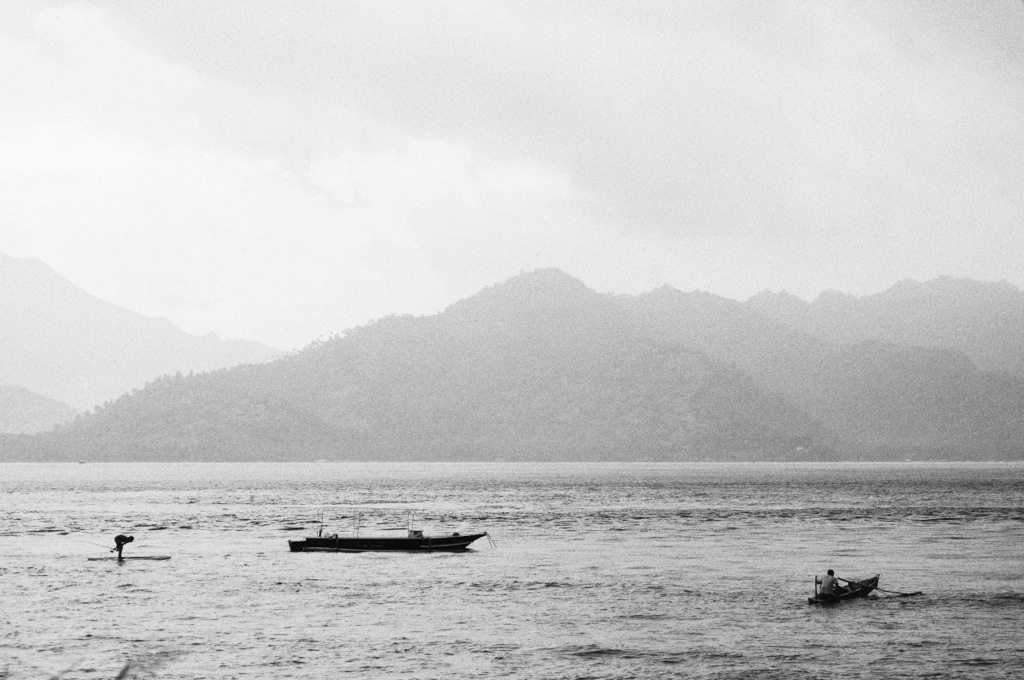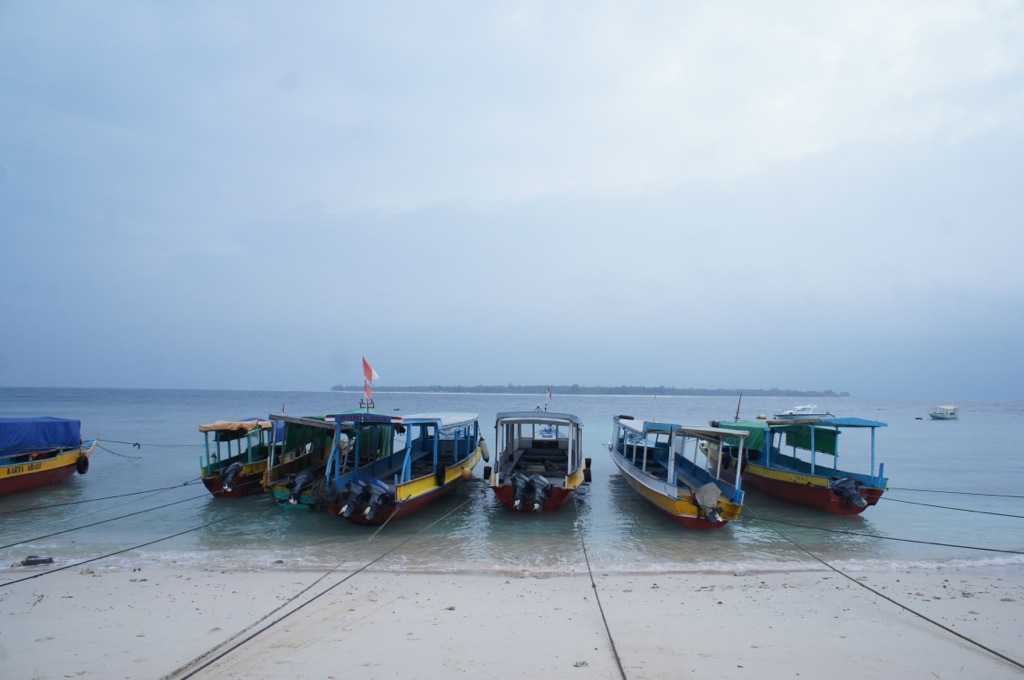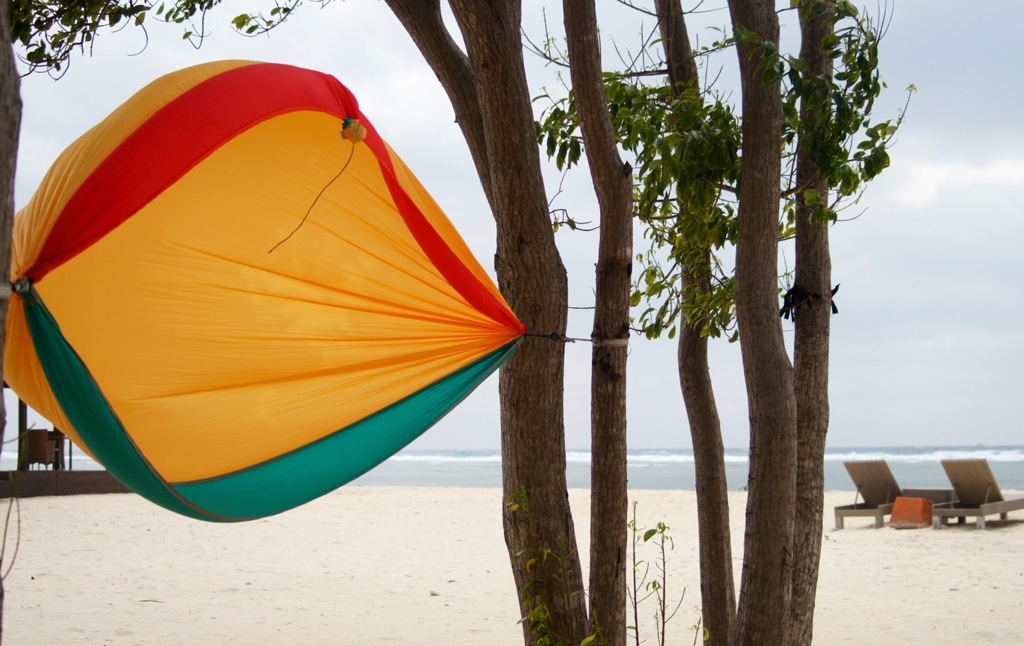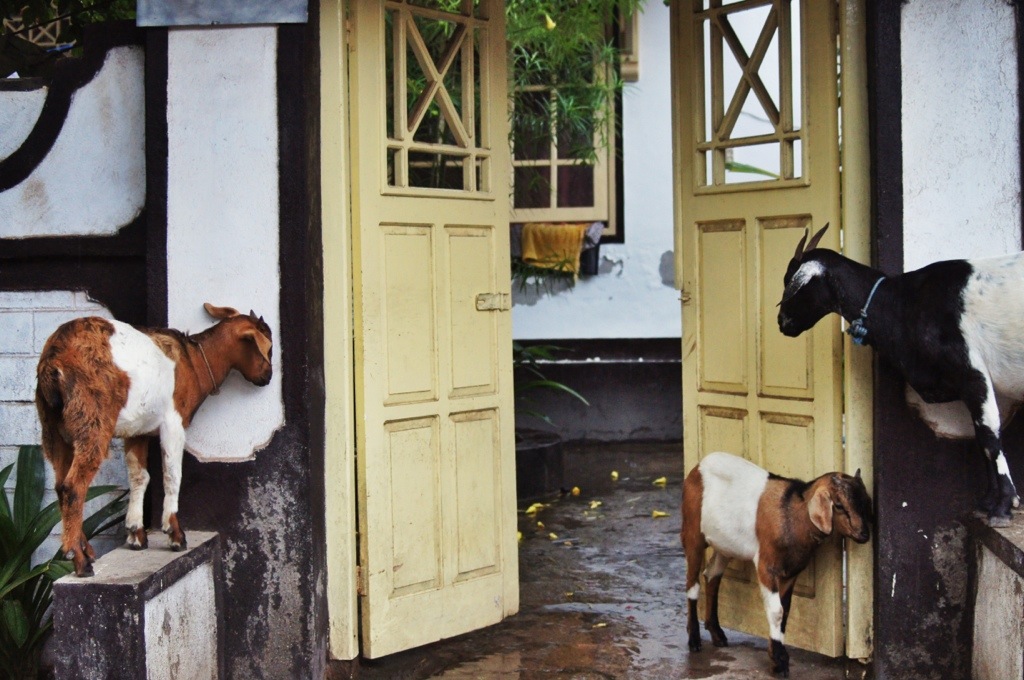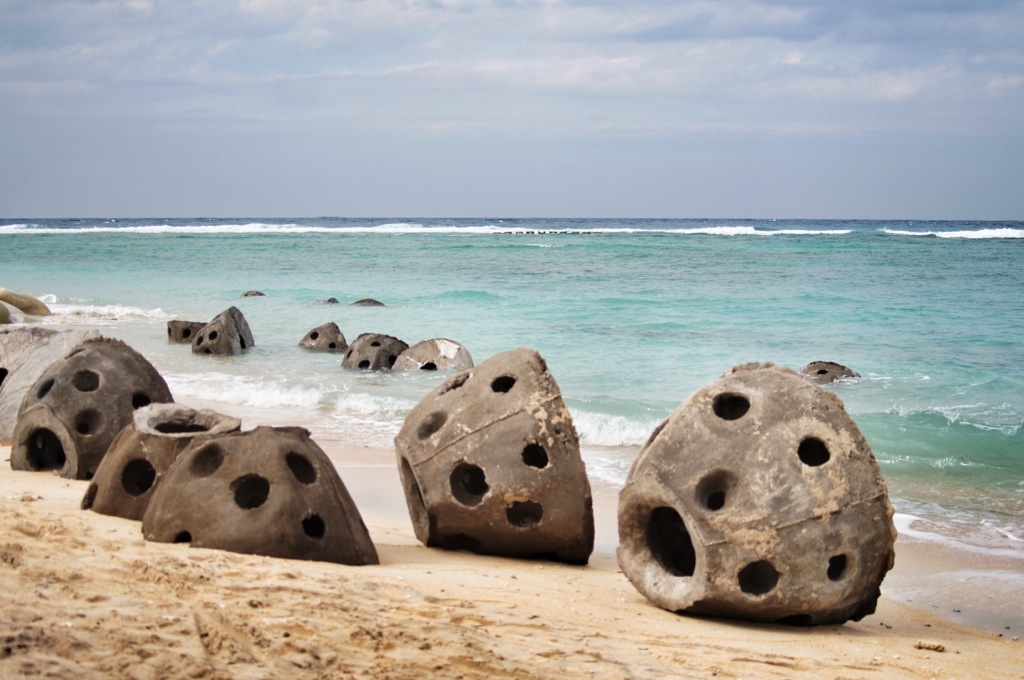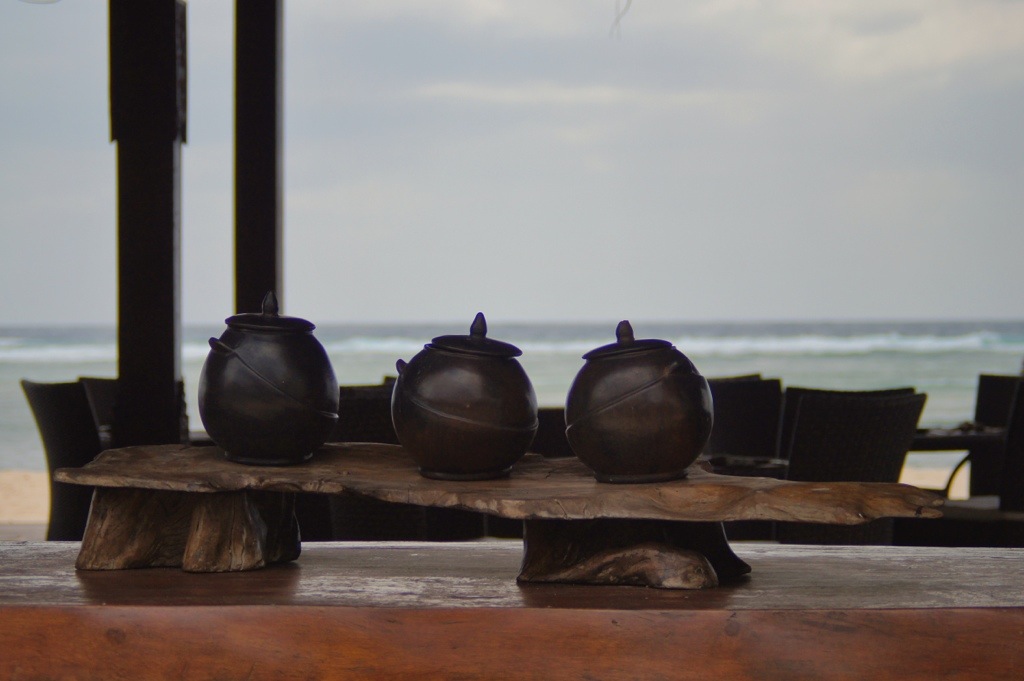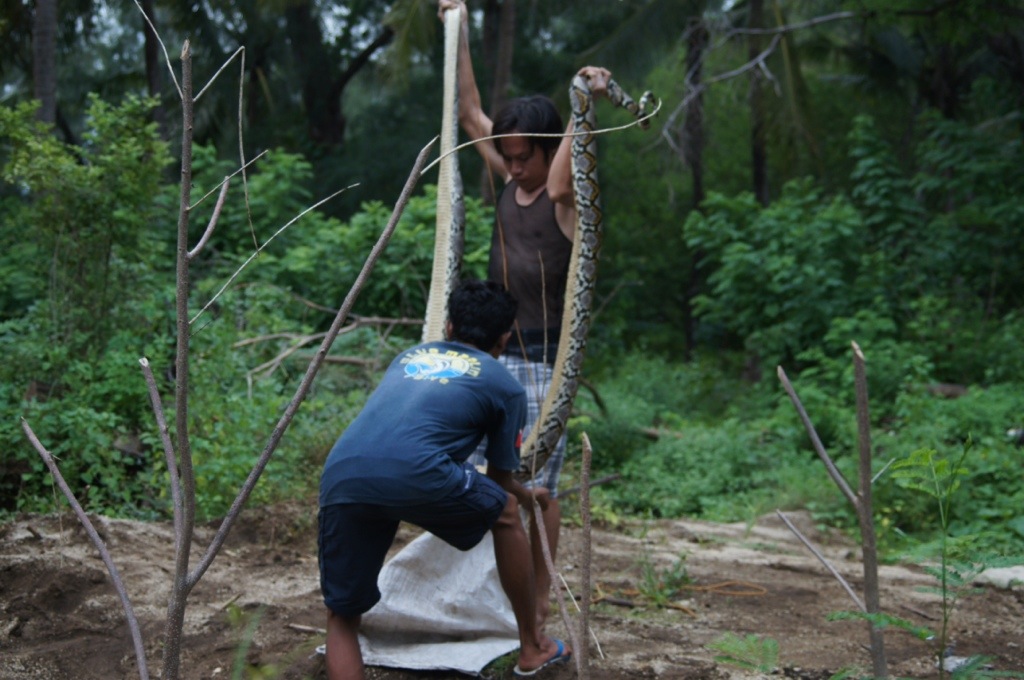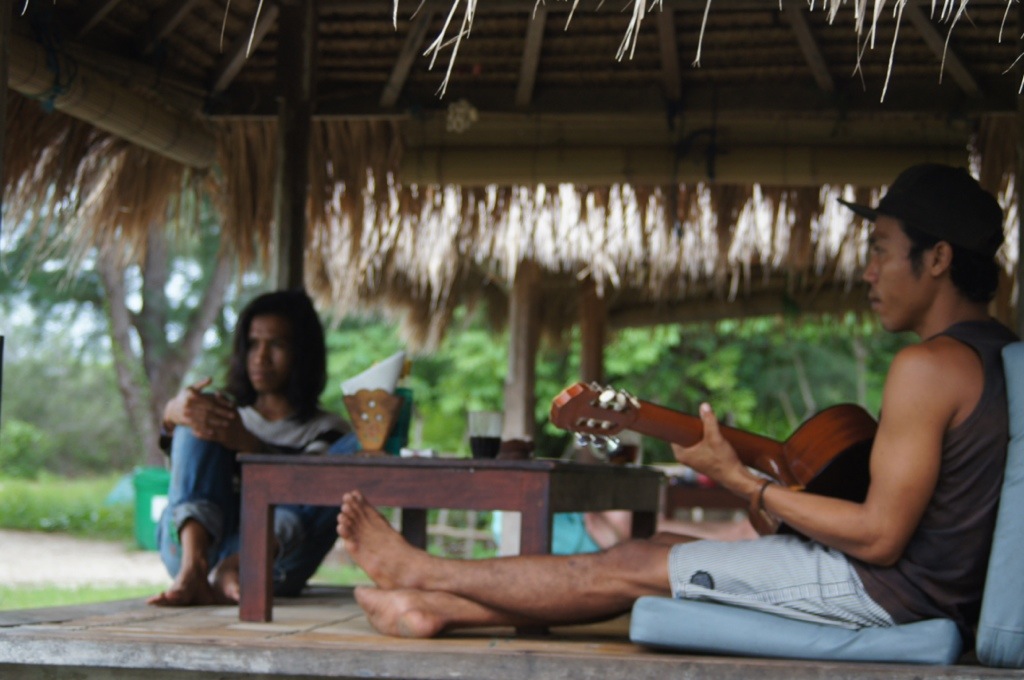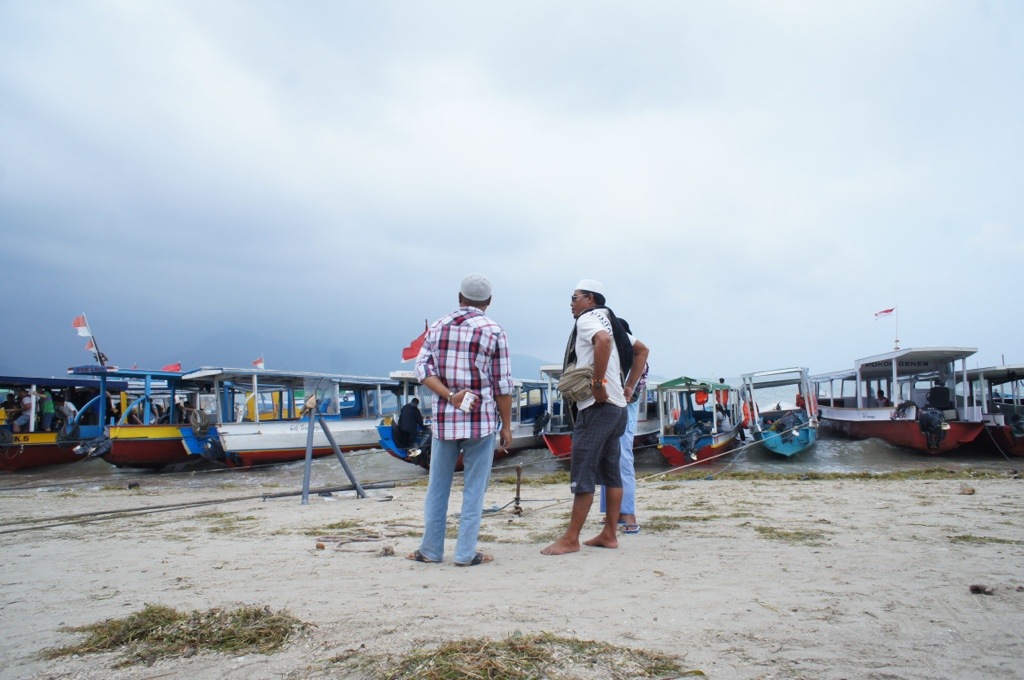One of peculiar things about Bali that there is no functional public transportation or at least this is what all the guide books and everyone we have talked to say. Locals rely mostly on motorbikes and a more wealthy kind on private cars. Taxis, although cheap for short distances become prohibitively expensive for intercity travel. As an alternative there are bemos, shared ride taxis, which in the worst case combine the negative sides of taxis and public transportation. If you are unlucky, for a price of a taxi, you get a slow ride that you get to share with other people. However there is another mode of transportation, which not many people know about. Namely public buses that cruise between cities and pick people on the way. There are no timetables and you have to figure routes out yourself, but apparently this is the cheapest (and certainly not the fastest) way to travel on Bali. We learned about the buses on our last day in Indonesia, so did not get a chance to use them. Maybe next time then.
Munduk
Munduk was an unexpected choice. We were supposed to fly to Komodo, but Merpati (the airline) cancelled all the flights without any prior notice. Just like that. So at 7AM in the Denpasar airport a new plan was hatched to explore the north of Bali. Munduk is a small mountain village in North Bali. The altitude is high enough to warrant for chill temperatures (read +26C) during the day and heavy showers in the nighttime. The scenery is stunning: a couple of impressive waterfalls, endless rice terraces spread over the mountains and allegedly Bali’s oldest tree (aka The Big Tree). It is enough to fill two days with hikes, but it gets old quickly. The village itself is too hectic with passing traffic and lacks any chill out facilities. Still worth a visit for the different Bali, especially if hiking and stunning views are your cup of tea.
Lovina
Lovina is a small beach resort situated in the north of Bali, known for black sand beaches and dolphins, which can be spotted by booking one of the numerous tours. Other than that Lovina is popular among seniors, who clearly dominate the local scene. Essentially, a retirement home set in a tropical paradise. One of the elder Dutch couples we met on our way out of Lovina even told us boldly that they did not like young people. Maybe give it a few decades and I will grow fond of the place, but for now it is not exactly the most exciting part of Bali.
